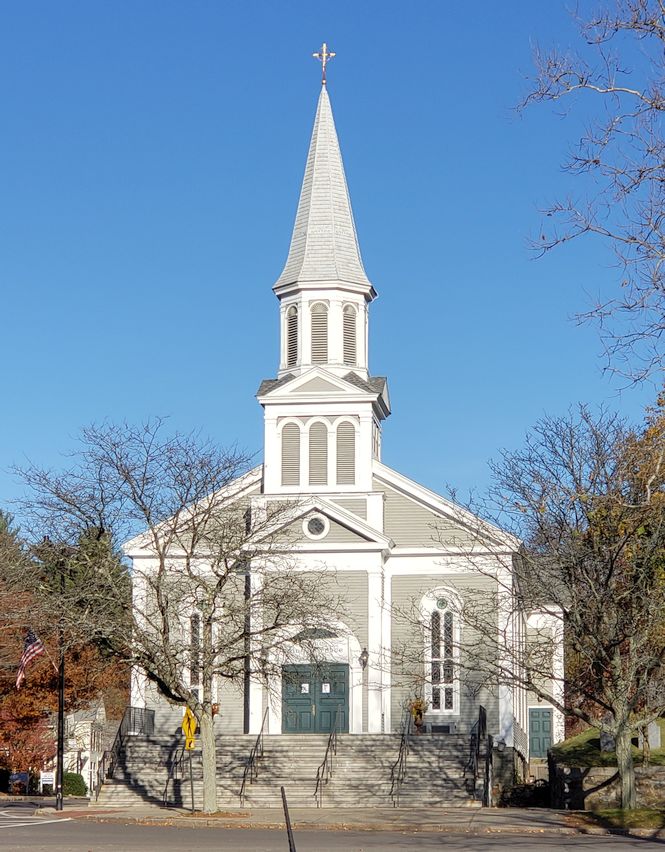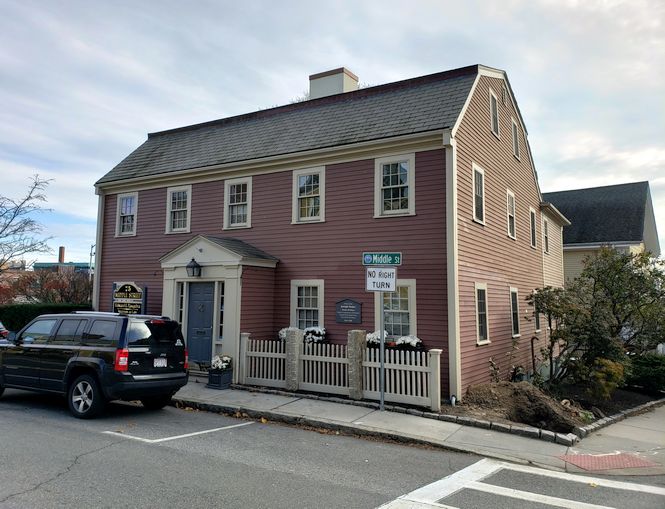Samuel Gilbert House (1750)

The house at the corner of Angle Street and 1 Western Avenue in Gloucester was built in 1750 by Nathaniel Ellery. In the 1780s it became the home of Samuel Gilbert (1782-1860), a wealthy merchant, and was raised to three stories early in the nineteenth century. After his death, the house was occupied by his widow, his second wife Mary Hayes Gilbert, who died in 1887 at the age of 101, and by his son, Addison Gilbert (1808-1888). A merchant, banker, and civic leader, Addison Gilbert had no children. Upon his death, he left $100,000 to build the Addison Gilbert Hospital, which opened in 1897. He also left $75,000 to convert his home into the Addison Gilbert Home for the Aged. In 1981, the trustees of the Gilbert estate sold the house to the law firm that is now known as Orlando & Associates.





